Out Now
The AI Issue
Current Issue
The AI Issue
OCT - NOV 2025

How are Gemcell suppliers handling the cost of living crisis, and how is it impacting their businesses? We speak to two to find out.
 |
 |
|
| OUR PANEL |
NICHO TENG Founder, Haneco Lighting |
Ben Mills Executive General Manager, Energetic Lighting |
| How has the cost of living crisis impacted your business? |
Domestic freight prices have increased significantly, as have energy prices, which have increased costs. Staff shortages, too have had a major impact – every supplier needs warehouse staff, but the price of labour is going through the roof, and will keep increasing over the next couple of years, too. |
Transport and warehouse lease cost increases have had the largest impact on our business. The transport increase has led us to review our logistics partners and, as a result, we now have a new transport company that has helped keep costs down and added additional services such as consignment tracking. |
| What’s behind product price increases? |
Oil and gas prices make everything more expensive – the price of fuel goes up, the price of freight goes up, and you never see it come down. Longer lead times and the cost of raw materials makes purchases more expensive, and there’s more capital cost to purchase components. |
Putting transport aside, product increases have been directly related to raw materials. For example, LED lighting is mainly electronic components and, during COVID, many electronic manufacturers closed factories. This led to longer lead times to procure components and IC chips. Demand outstripped supply, which in turn increased finished goods costs. Supply chains and now returning to normal. |
| As a business, how are you approaching it? |
We need to communicate with our wholesalers about what is happening behind the scenes, and try to drive efficiency together to overcome the cost rises. For example, if wholesalers bulk order, there are fewer freight costs and therefore, it becomes more efficient. |
Profit margins are always under pressure, and getting a market price increase is not easy. We always look to review operating costs and how to become more efficient. Improving stock forecasting, project pipelines and managing working capital all help to cost. The last option is a price increase. |
| What are you forecasting in the longer term? |
Costs should become more and more stable – we can see inflation has reduced to half in the US compared to its peak last year, and overseas freight costs have reduced too. But, of course, labour cost increases will continue. I think over the next three years we’ll see an average 2-4% wage increase become the norm. |
We are a manufacturer, so our engineers are always reviewing the latest technology or next generation of componentry. The manufacturing team have a continuous improvement program to ensure quality assurance and efficiency KPIs are met. |
| What’s the key message for contractors? | Some suppliers will try to cut corners to offset the cost increase and use more easily available materials. But this is a major risk. Contractors need to understand the cost increase is still far cheaper than quality compromise. Choose suppliers and products that provide consistent materials and designs – in difficult times, it is not about who can make more profit from individual products or a single job, it is about who can survive – and a lot of those suppliers who are cutting corners to cut costs will face challenges. |
We are certified to ISO9001 and are a member of Lighting Council Australia – contractors should always look to trade-recognised brands and purchase products within the wholesale trade channel. This way, if any product support is required, they will be sure to receive it. |
Keep up to date with our latest news and competitions by subscribing to our regular newsletter.
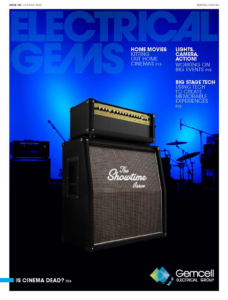
Issue 183
OCT - NOV 2024

Issue 182
AUG - SEPT 2024

Issue 181
JUN - JUL 2024

Issue 180
APR - MAY 2024

Issue 179
FEB - MARCH 2024

Issue 178
DEC 2023 - JAN 2024
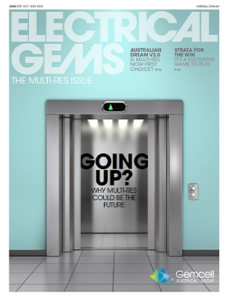
Issue 177
OCT - NOV 2023
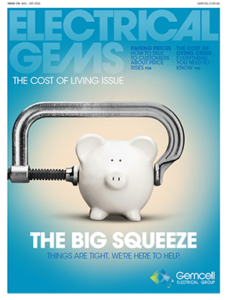
Issue 176
AUG - SEPT 2023

Issue 175
JUN - JUL 2023

Issue 174
APR - MAY 2023

Issue 173
FEB - MAR 2023

Issue 172
DEC 2022 - JAN 2023

Issue 171
OCT - NOV 2022

Issue 170
AUG - SEPT 2022

Issue 169
JUN - JUL 2022
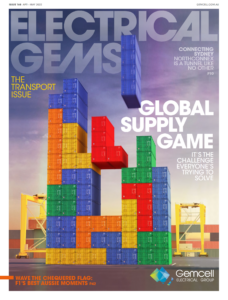
Issue 168
APR - MAY 2022

Issue 167
FEB - MAR 2022

Issue 166
DEC 2021 - JAN 2022
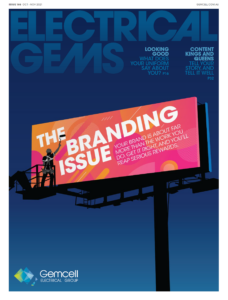
Issue 165
OCT - NOV 2021

Issue 164
AUG - SEPT 2021
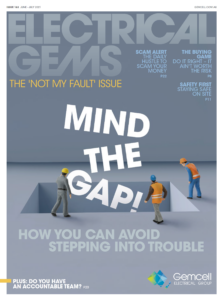
Issue 163
JUN - JUL 2021
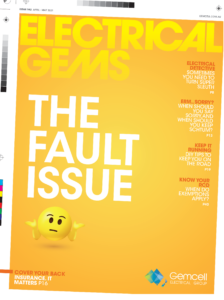
Issue 162
APR - MAY 2021

Issue 161
FEB - MAR 2021

Issue 160
DEC 2020 - JAN 2021

Issue 159
OCT - NOV 2020

Issue 158
AUG - SEPT 2020
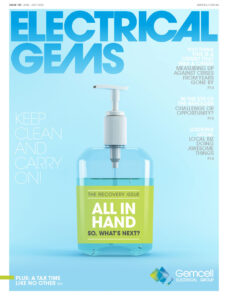
Issue 157
JUN - JUL 2022

Issue 156
APR - MAY 2020
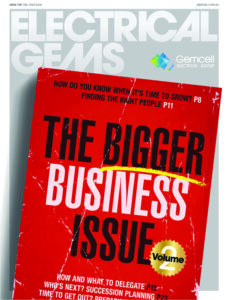
Issue 155
FEB - MAR 2020

Issue 154
DEC 2019 - JAN 2020

Issue 153
OCT - NOV 2019
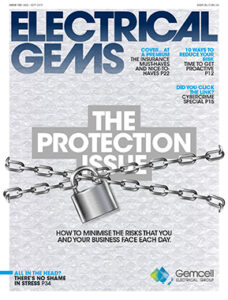
Issue 152
AUG - SEPT 2019

Issue 151
JUN - JUL 2019
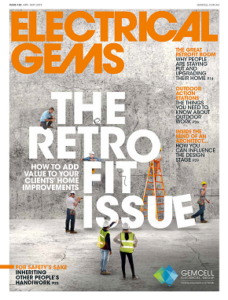
Issue 150
APR - MAY 2019
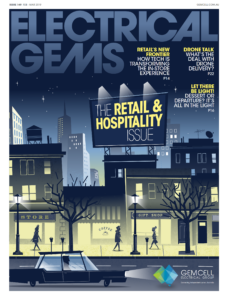
Issue 149
FEB - MAR 2019

Issue 148
DEC 2018 - JAN 2019

Issue 147
OCT - NOV 2018

Issue 146
AUG - SEPT 2018

Issue 145
JUN - JUL 2018

Issue 144
APR - MAY 2018
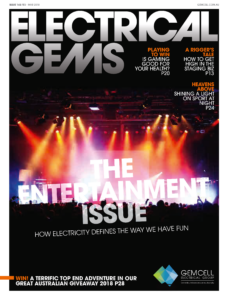
Issue 143
FEB - MAR 2018
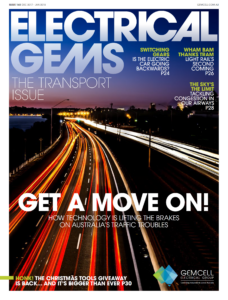
Issue 142
DEC 2016 - JAN 2017
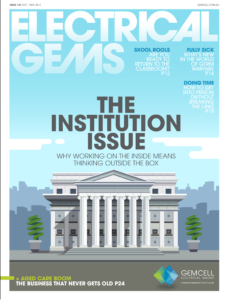
Issue 141
OCT- NOV 2017

Issue 140
AUG - SEPT 2017
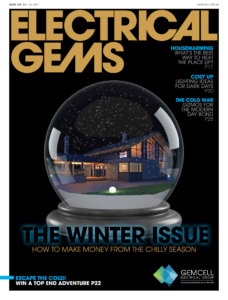
Issue 139
JUN - JUL 2017
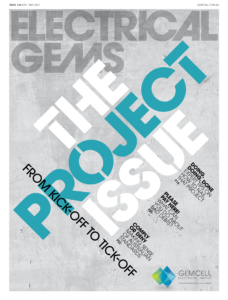
Issue 138
APR - MAY 2017

Issue 137
FEB - MAR 2017
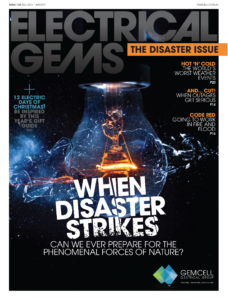
Issue 136
DEC 2016 - JAN 2017

Issue 135
OCT - NOV 2017

Issue 134
AUG - SEPT 2016

Issue 133
JUN - JUL 2016

Issue 132
APR - MAY 2016

Issue 131
FEB - MAR 2016

Issue 130
DEC 2015 - JAN 2016
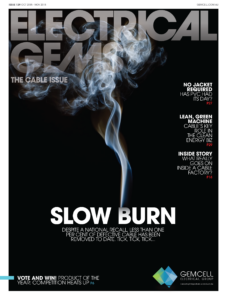
Issue 129
OCT - NOV 2015

Issue 128
AUG - SEPT 2015

Issue 127
JUN - JUL 2015

Issue 125
APR - MAY 2015

Issue 125
FEB - MAR 2015

Issue 124
DEC 2014 - JAN 2015
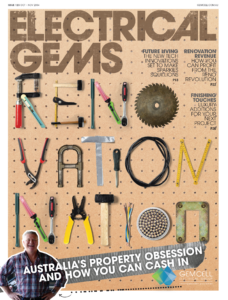
Issue 123
OCT - NOV 2014
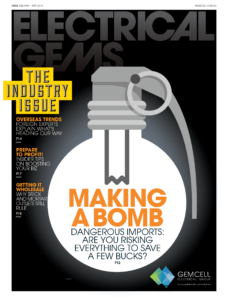
Issue 122
AUG - SEPT 2014

Issue 121
JUN - JUL 2014

Issue 120
APR - MAY 2014

Issue 119
FEB - MAR 2014
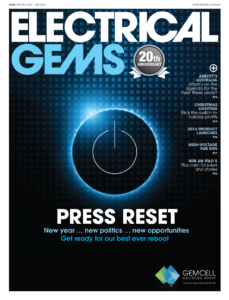
Issue 118
DEC 2013 - JAN 2014

Issue 117
OCT - NOV 2013

Issue 116
AUG - SEPT 2013

Issue 183
OCT - NOV 2024

Issue 182
AUG - SEPT 2024

Issue 181
JUN - JUL 2024

Issue 180
APR - MAY 2024

Issue 179
FEB - MARCH 2024

Issue 178
DEC 2023 - JAN 2024

Issue 177
OCT - NOV 2023

Issue 176
AUG - SEPT 2023

Issue 175
JUN - JUL 2023

Issue 174
APR - MAY 2023

Issue 173
FEB - MAR 2023

Issue 172
DEC 2022 - JAN 2023

Issue 171
OCT - NOV 2022

Issue 170
AUG - SEPT 2022

Issue 169
JUN - JUL 2022

Issue 168
APR - MAY 2022

Issue 167
FEB - MAR 2022

Issue 166
DEC 2021 - JAN 2022

Issue 165
OCT - NOV 2021

Issue 164
AUG - SEPT 2021

Issue 163
JUN - JUL 2021

Issue 162
APR - MAY 2021

Issue 161
FEB - MAR 2021

Issue 160
DEC 2020 - JAN 2021

Issue 159
OCT - NOV 2020

Issue 158
AUG - SEPT 2020

Issue 157
JUN - JUL 2022

Issue 156
APR - MAY 2020

Issue 155
FEB - MAR 2020

Issue 154
DEC 2019 - JAN 2020

Issue 153
OCT - NOV 2019

Issue 152
AUG - SEPT 2019

Issue 151
JUN - JUL 2019

Issue 150
APR - MAY 2019

Issue 149
FEB - MAR 2019

Issue 148
DEC 2018 - JAN 2019

Issue 147
OCT - NOV 2018

Issue 146
AUG - SEPT 2018

Issue 145
JUN - JUL 2018

Issue 144
APR - MAY 2018

Issue 143
FEB - MAR 2018

Issue 142
DEC 2016 - JAN 2017

Issue 141
OCT- NOV 2017

Issue 140
AUG - SEPT 2017

Issue 139
JUN - JUL 2017

Issue 138
APR - MAY 2017

Issue 137
FEB - MAR 2017

Issue 136
DEC 2016 - JAN 2017

Issue 135
OCT - NOV 2017

Issue 134
AUG - SEPT 2016

Issue 133
JUN - JUL 2016

Issue 132
APR - MAY 2016

Issue 131
FEB - MAR 2016

Issue 130
DEC 2015 - JAN 2016

Issue 129
OCT - NOV 2015

Issue 128
AUG - SEPT 2015

Issue 127
JUN - JUL 2015

Issue 125
APR - MAY 2015

Issue 125
FEB - MAR 2015

Issue 124
DEC 2014 - JAN 2015

Issue 123
OCT - NOV 2014

Issue 122
AUG - SEPT 2014

Issue 121
JUN - JUL 2014

Issue 120
APR - MAY 2014

Issue 119
FEB - MAR 2014

Issue 118
DEC 2013 - JAN 2014

Issue 117
OCT - NOV 2013

Issue 116
AUG - SEPT 2013

Comments (0)
Write a Comment